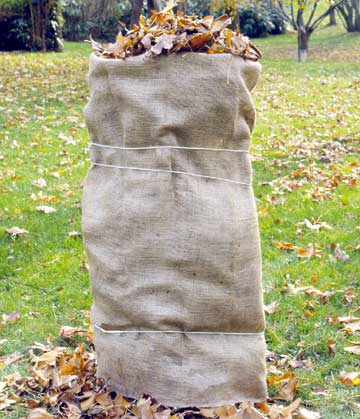






In gardening, winter is defined as the time of year when most perennials become dormant. This time can vary from early September in some parts of the country to late December in others.
Cold is the major factor inducing plant dormancy. Thus, in preparing for winter, it's crucial to understand just what kind of cold affects your garden.
Tips on Mulching
continue reading belowIf chilly weather in your area means blankets of snow, you're in luck. Snow, sometimes called a "poor man's mulch," forms an insulating blanket on the garden. Temperatures in the ground beneath the snow cover always hover around 32 degrees F, while they can plunge far below 0 degrees F immediately above the snow line. Perennials that are dormant at a constant temperature rarely have trouble surviving winter months.
Plants in areas with little snow cover can suffer dreadfully during unexpected or unusual cold spells. These need a 2- or 3-inch winter mulch -- preferably an organic one, such as shredded leaves, pine needles, or licorice roots. The mulch protects plants from unusual cold spells and helps to maintain a uniform temperature so that the soil does not thaw out prematurely and expand ("heave" in garden terms) when encrusted with frost and ice particles.
Before you add mulch in winter, however, make sure your garden bed is as clean as possible. Clear away dead foliage and destroy all weeds. Spread the mulch just after the soil freezes.
Now, step back and take a look at your pristine garden. If you have been considering improvements, decide where you would like to place new perennials and put markers in these areas. If possible, write the name of the intended plant on each marker; this will make spring planting much easier.
Copyright © www.100flowers.win Botanic Garden All Rights Reserved